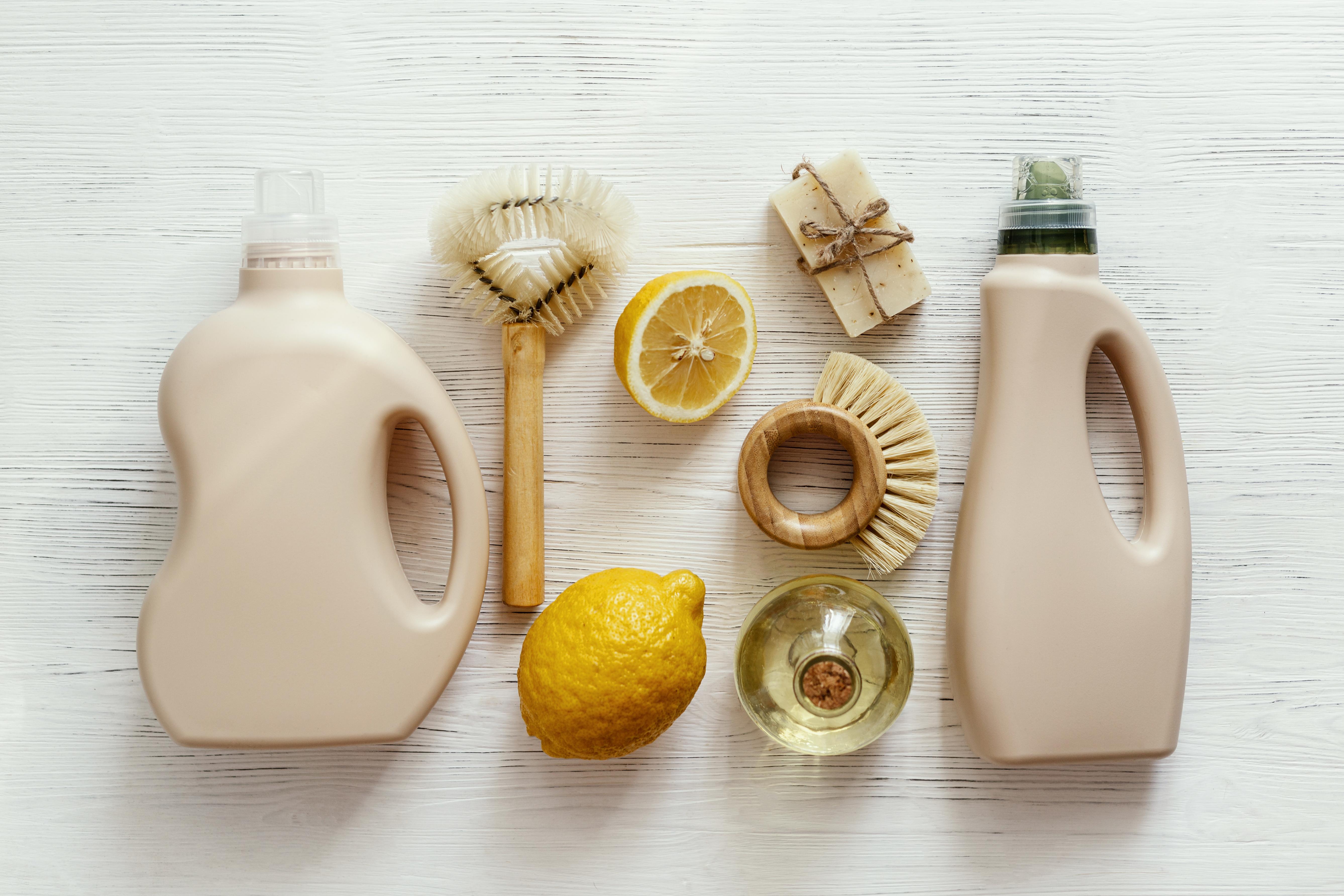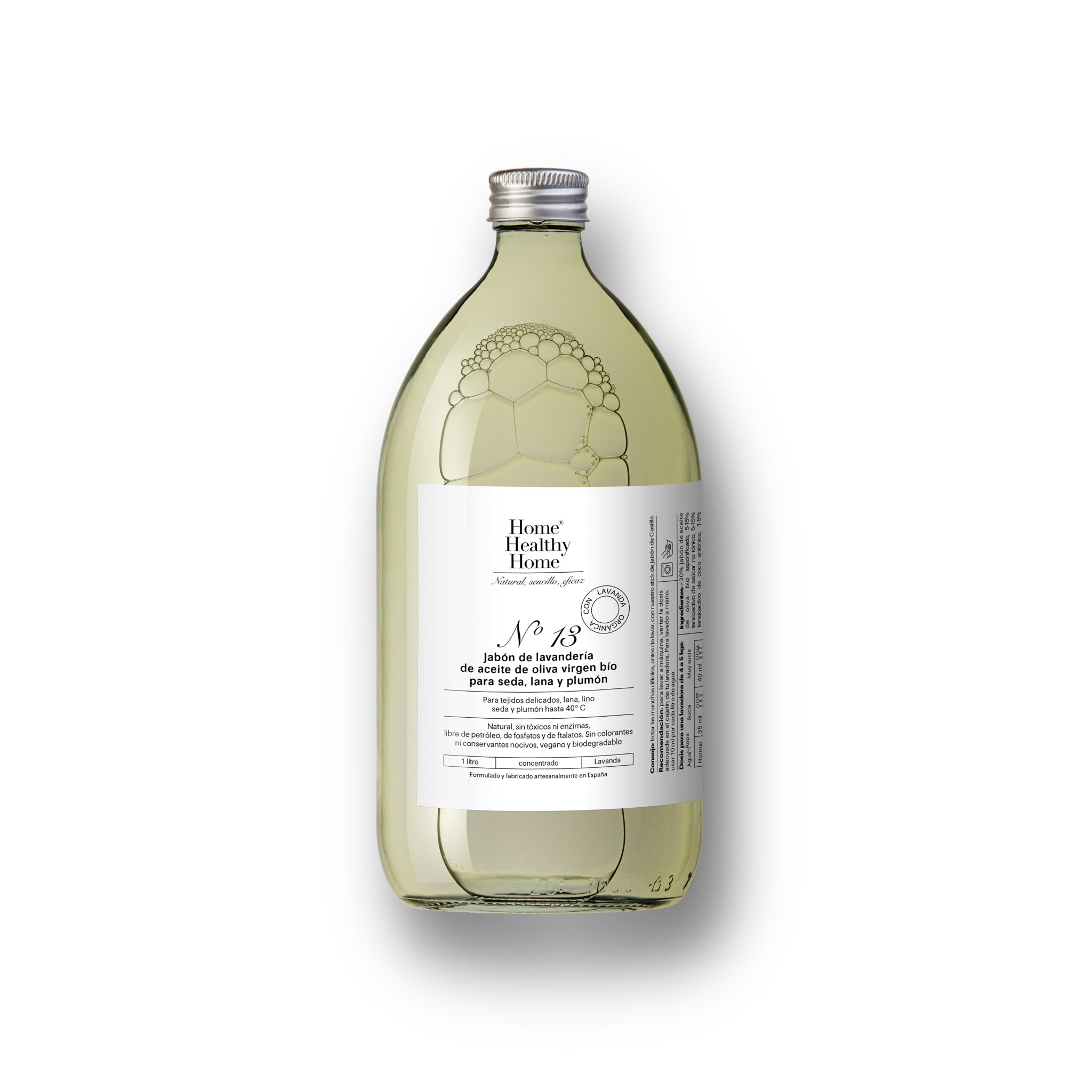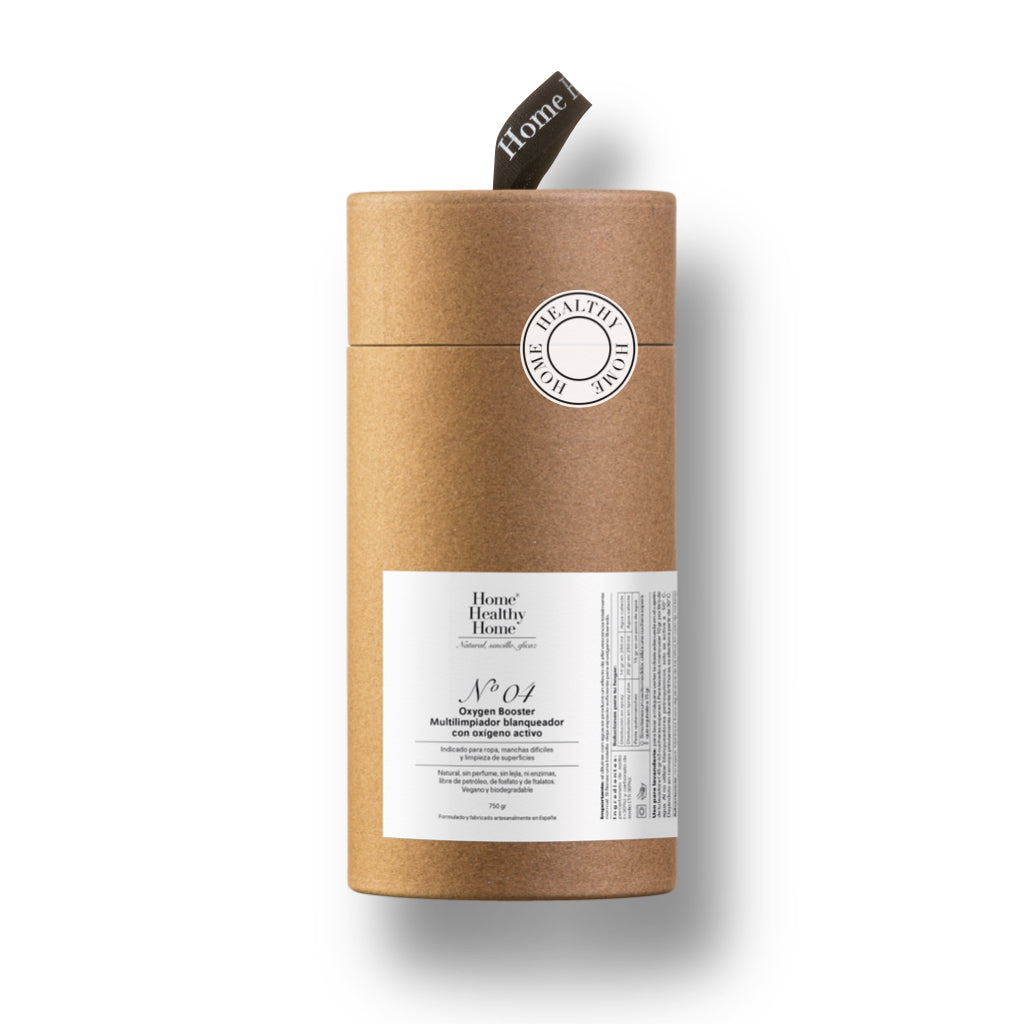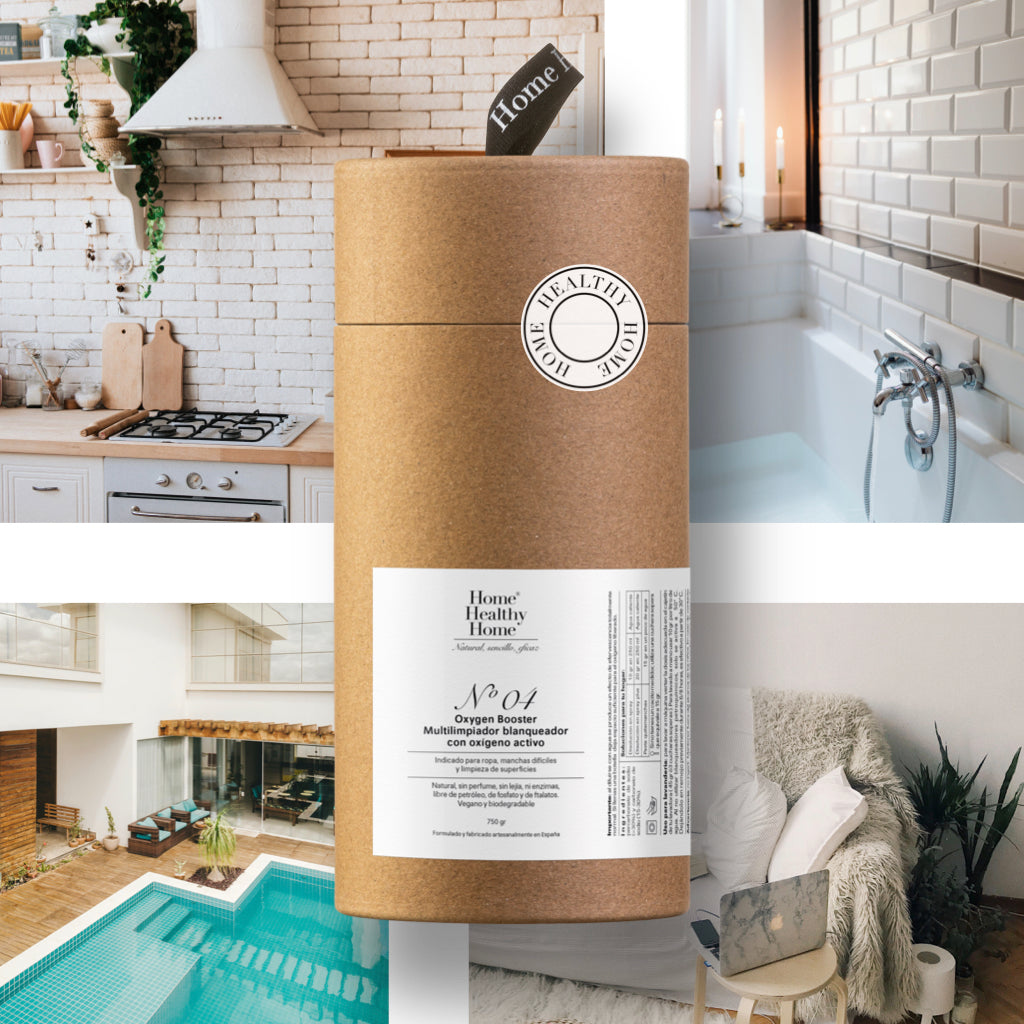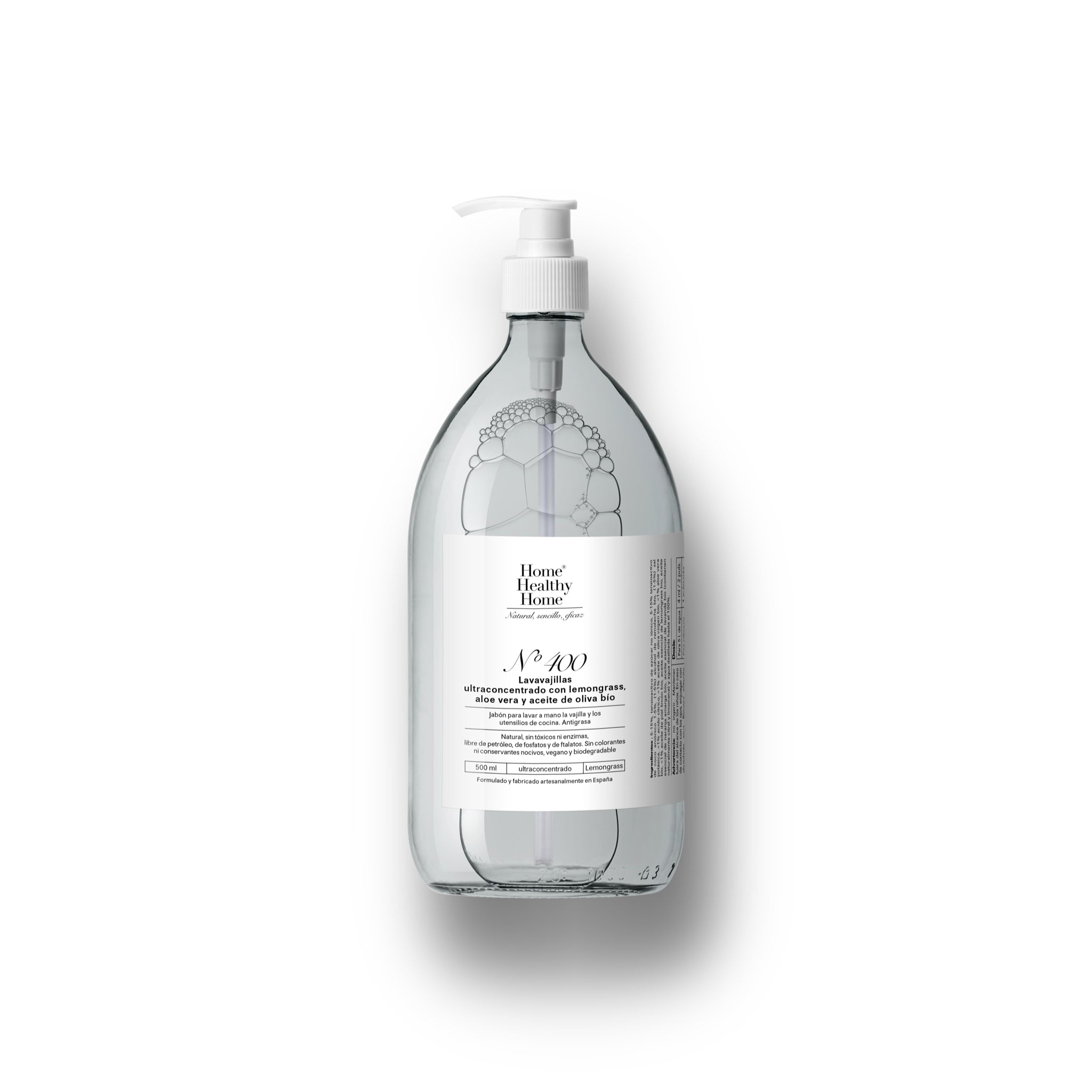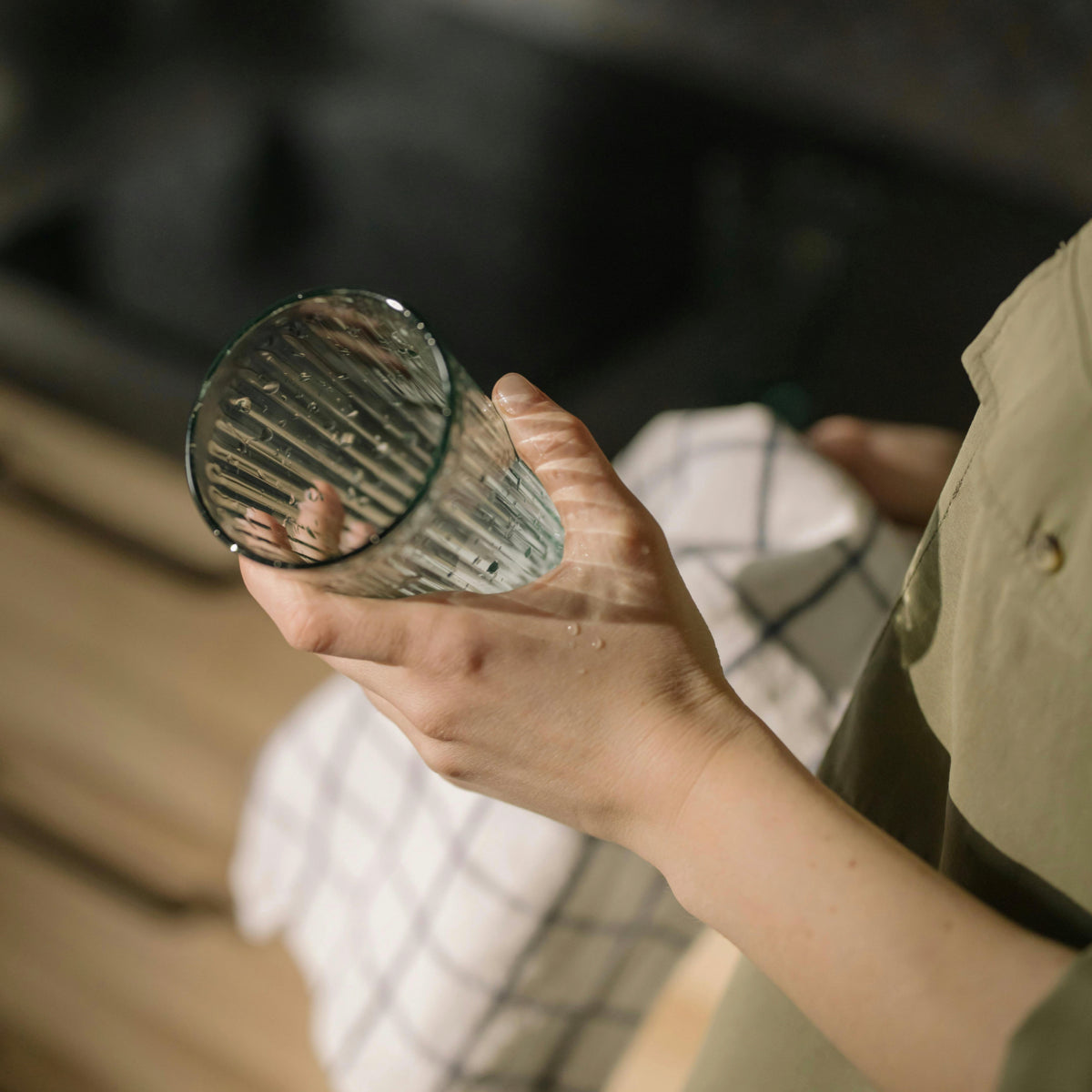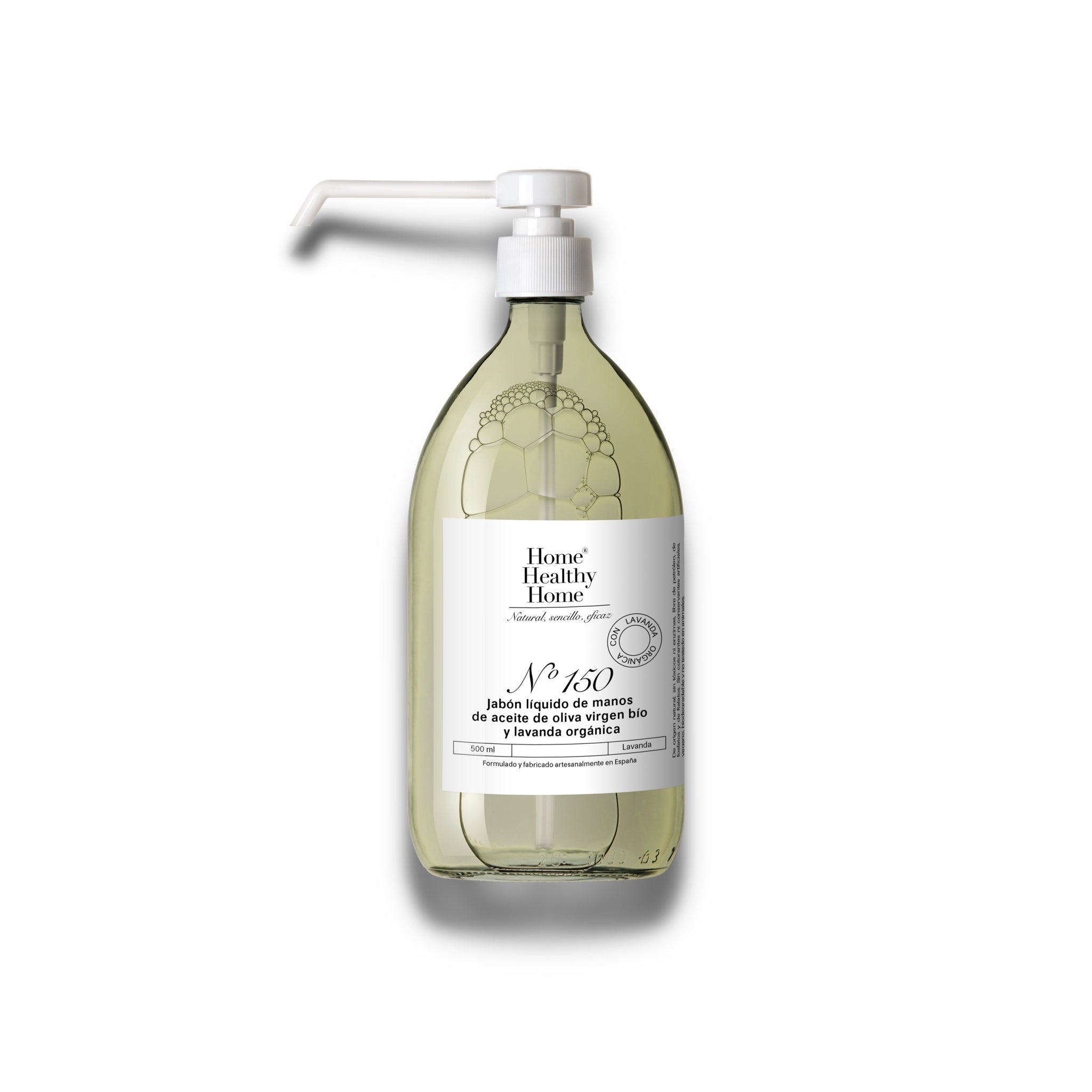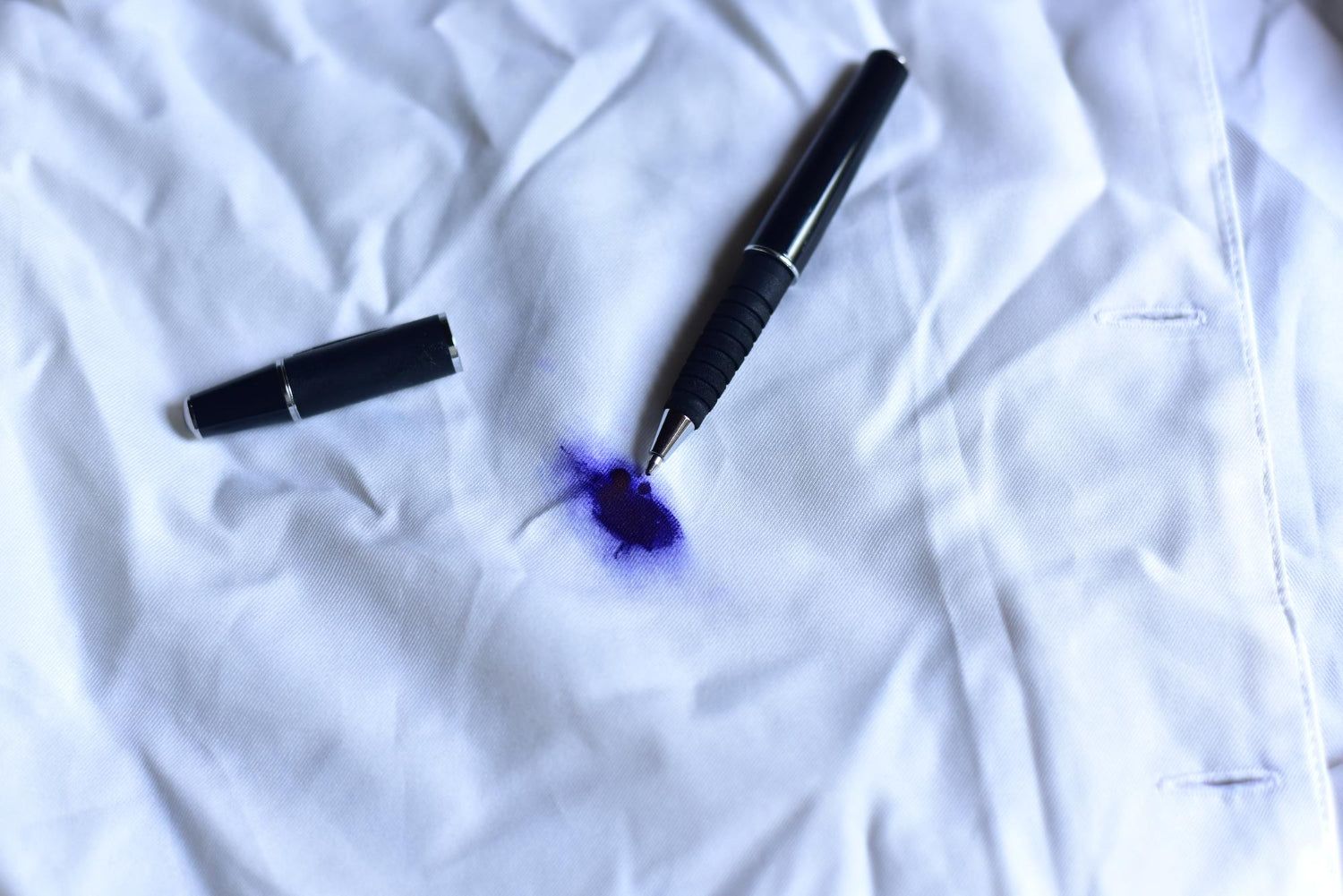What harmful ingredients are found in conventional detergents?
In our quest to keep our clothes clean and fresh, we rarely stop to think about the products we use to achieve this. Laundry detergent is one of the most common products in any home, but many of these products contain ingredients that can be harmful to both our health and the environment.
It's shocking how many toxins and hazardous substances are found in popular commercial detergents. In this article, we'll explore the seven most common toxins you could be unknowingly using. If you care about the well-being of your family and the environment, read on and learn how to protect your home.
1. Fragranced Detergents: A Silent Risk
One of the main attractions of laundry detergents is their fragrance. The fresh, long-lasting scent they leave on clothes can make us feel good, but what we don't realize is that the fragrances added to these products are often a mixture of potentially dangerous chemicals. These substances spread throughout the house through dryer vents, polluting the domestic environment. Synthetic fragrances are created from a mixture of chemicals, some of which are linked to respiratory illnesses, hormonal problems, and even cancer.
Tip: To avoid this risk, opt for detergents without added fragrances or products that use natural essential oils instead.
2. Surfactants: A cleaning agent with consequences
Surfactants are key ingredients in many detergents, responsible for removing dirt and stains from clothing. However, not all surfactants are safe for health. Some surfactants are made from petroleum or naphtha, compounds that can irritate mucous membranes and cause respiratory problems. Prolonged use of detergents containing these chemicals has been linked to an increased risk of developing asthma and other respiratory problems.
A particularly dangerous surfactant is phenol, which is so toxic that even skin contact can be fatal in extreme cases. Furthermore, this compound can affect internal organs and the nervous system.
Solution: Look for detergents that use biodegradable surfactants derived from natural sources, such as coconut or sugar.
3. 1,4 Dioxane: A hidden carcinogen.
1,4-Dioxane is a chemical byproduct found in some detergents and cleaning products and is considered a human carcinogen . This compound does not appear on the ingredient list because it is not intentionally added, but rather arises as a result of the manufacturing process of ethoxylated surfactants, such as sodium laureth sulfate . This toxic chemical is absorbed through the skin and can affect both the liver and nervous system. Animal studies have shown that it may increase the risk of malignant tumors in various organs. The fact that it is not listed on the label makes it a silent threat in many commercial products.
Solution: If you see ingredients ending in "-eth" on your detergent label, such as laureth-6 or sodium laureth sulfate , you could be exposing yourself to 1,4-dioxane. Choose products that avoid these chemicals.
4. Phthalates: endocrine disruptors.
Phthalates are a group of chemicals used in many household products to lock in fragrances. While some manufacturers claim to have eliminated phthalates from their products, many still use them under the "fragrance" label. This means that even if it's not specifically mentioned on the label, your detergent may be releasing phthalates every time you do laundry. Phthalates have been linked to endocrine disruption , meaning they interfere with the body's hormonal system. This can increase the risk of cancer, cause reproductive problems, and even affect the development of children. Constant exposure to these substances can have serious long-term consequences for your health.
Solution: Look for products that clearly state they are phthalate-free and that use fragrances derived from essential oils.
5. Bleach: different names, same risks.
Bleach is another common ingredient in laundry detergents, used to remove tough stains and give clothes a brighter appearance. However, while it's effective at whitening clothes, it's also harmful to your health. When bleach comes into contact with your skin, it can cause allergic reactions, irritation, and even burns. Inhaling bleach can also irritate your lungs and cause respiratory problems. Manufacturers often hide bleach under names like sodium hypochlorite , optical brightener , or UV bleach , making it difficult to identify.
Solution: Choose detergents that use natural bleaches, such as sodium percarbonate, which is less harmful to your health.
6. Nonylphenol Ethoxylates (NPEs): Banned in Europe, but not in the US.
Nonylphenol ethoxylates (NPEs) are compounds that have been banned in the European Union and Canada due to their negative impact on health and the environment. Despite this, many laundry detergents in the United States still contain these chemicals, which have been linked to endocrine disruption. Studies have shown that NPEs affect physical development and hormonal function in children, who are especially vulnerable to the effects of these substances. Furthermore, they can accumulate in the environment, affecting aquatic life and other wildlife.
Solution: Look for detergents that are labeled as NPE-free and that comply with European safety regulations.
7. Formaldehyde: irritant and carcinogen.
Formaldehyde is another toxic chemical often used in detergents and other cleaning products as a preservative and antibacterial agent. While it may seem like an effective option for keeping bacteria at bay, its use can be harmful to your health. This compound has been linked to skin, eye, and respiratory irritation. Additionally, some studies suggest that formaldehyde may increase the risk of cancer in humans. If you suffer from eczema or skin conditions, formaldehyde could be exacerbating these problems without you realizing it.
What to do: Choose products that use natural preservatives and avoid formaldehyde.
5 Options for Eco-Friendly and Toxic-Free Detergents.
If you're looking for safe alternatives, natural products like those from Home Healthy Home , made with ingredients like organic olive oil and scented with organic essences, are an excellent option to protect your health and that of your family. Our home care products are free of the chemicals mentioned above and offer a sustainable and safe option.
Formulated without harsh chemicals, it's 100% biodegradable and leaves a gentle fragrance of organic Spanish lavender. Free of enzymes, microplastics, GMOs, petroleum derivatives, and dyes, this soap cleanses deeply.
Discover the legendary effectiveness of Castile soap for removing the toughest stains. A new, more convenient format for applying to tough stains, it's fragrance-free, hypoallergenic, and vegan.
-
Formulated with organic Spanish olive oil soap, free of enzymes, GMOs, microplastics, petroleum derivatives, and preservatives, it is vegan, biodegradable, and fragrance-free.
Safer products for your family and the environment.
In a world that is increasingly conscious of the ingredients we use in our homes, it's important to carefully review labels and choose products that prioritize both our health and that of the planet. Switching to more natural products will not only reduce your exposure to toxins, but will also contribute to a cleaner, healthier environment for everyone.

